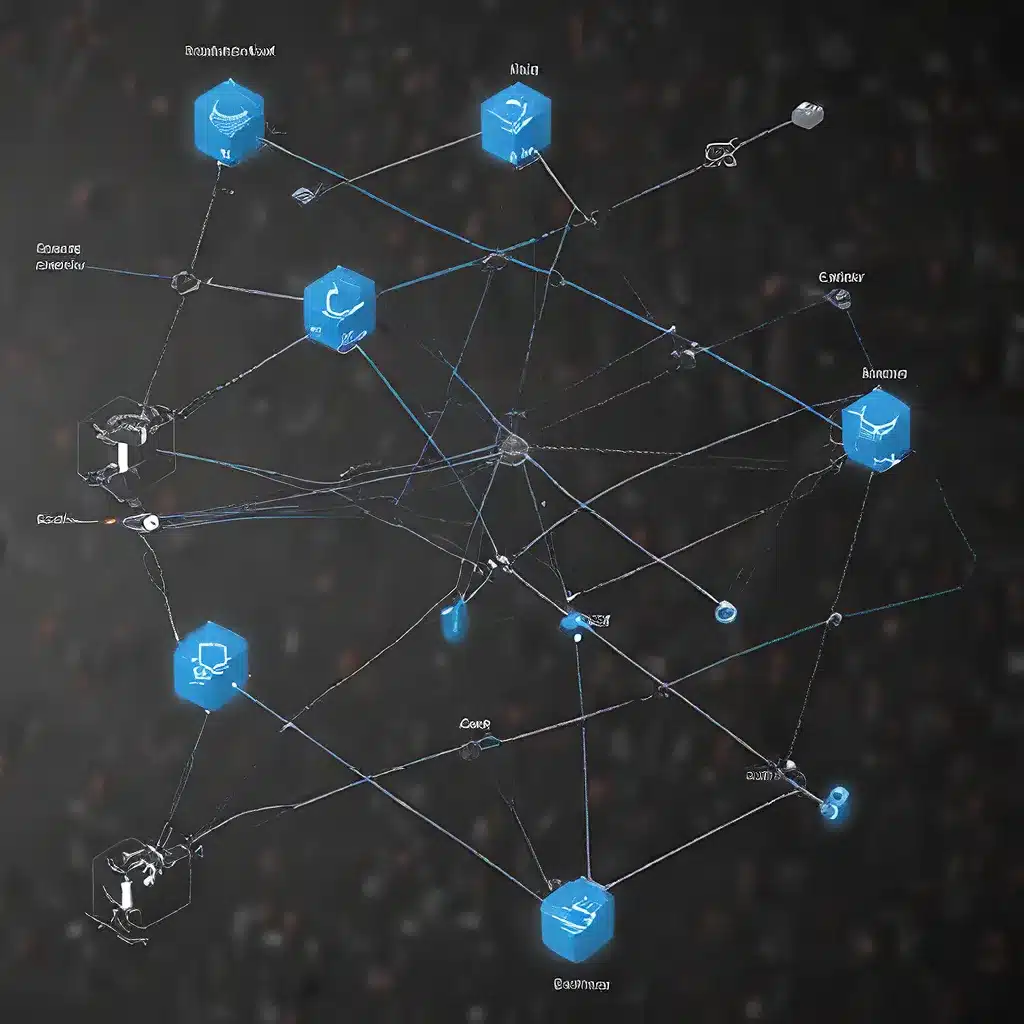
The Importance of Sensor Network Calibration
In the rapidly evolving world of sensor networks and Internet of Things (IoT), the ability to accurately calibrate and maintain sensor devices is of paramount importance. Sensor networks are composed of numerous interconnected nodes, each equipped with various sensing capabilities, that collect and transmit data about their physical environment. However, these sensors can be subject to drifts, biases, and inaccuracies over time, leading to unreliable data and potentially flawed decision-making.
Sensor network calibration is a critical process that ensures the precision and reliability of the collected data, enabling effective monitoring, analysis, and optimization of the target environment or system. This is particularly crucial in applications where sensor accuracy is vital, such as industrial automation, environmental monitoring, healthcare, and smart city implementations.
The Challenges of Sensor Network Calibration
Calibrating sensor networks, however, is not a trivial task. Traditional methods, such as manual calibration or the use of centralized algorithms, often fall short in addressing the unique challenges posed by the distributed, resource-constrained, and dynamic nature of sensor networks.
Key challenges in sensor network calibration include:
- Scalability: Sensor networks can consist of hundreds or thousands of nodes, making manual calibration impractical and time-consuming.
- Heterogeneity: Sensor networks often comprise a diverse range of devices, each with its own sensing capabilities, hardware specifications, and calibration requirements.
- Resource Constraints: Sensor nodes typically have limited power, computational resources, and memory, limiting the feasibility of complex calibration algorithms.
- Dynamicity: Sensor networks are often deployed in changing environments, where nodes may be added, removed, or experience performance fluctuations, requiring adaptive and robust calibration approaches.
- Distributed Nature: Sensors are typically geographically dispersed, making centralized calibration strategies inefficient and susceptible to single points of failure.
Distributed Algorithms for Adaptive Sensor Network Calibration
To address these challenges, researchers and industry experts have explored the development of distributed algorithms for sensor network calibration. These algorithms leverage the inherent collaborative and self-organizing capabilities of sensor networks to enable adaptive, efficient, and fault-tolerant calibration processes.
Collaborative Calibration Approaches
One notable distributed approach is collaborative in-place calibration, where sensors work together to cross-calibrate and correct their individual measurement errors. This approach leverages the proximity and overlapping coverage of neighboring sensors to identify and compensate for biases, without the need for a centralized coordinator.
Distributed Bayesian algorithms have also been proposed for fault-tolerant event detection and calibration in sensor networks. These algorithms utilize probabilistic models and message passing techniques to enable collaborative error identification and adaptive calibration across the network.
Macro-calibration and Adaptive Topology Management
Another key aspect of distributed sensor network calibration is macro-calibration, which focuses on optimizing the network-level performance rather than individual sensor accuracy. This approach involves adjusting the network topology, clustering, and data aggregation strategies to improve overall data quality and energy efficiency.
Adaptive topology management algorithms, for instance, dynamically reconfigure the network structure to maintain coverage, connectivity, and energy balance as sensor nodes are added, moved, or become faulty.
Automated Calibration and Self-Configuration
To further enhance the scalability and autonomy of sensor network calibration, researchers have explored automated and self-configuring approaches. These techniques leverage machine learning, optimization, and distributed consensus algorithms to enable self-calibration and self-organization without the need for manual intervention.
Sensor networks equipped with these distributed, adaptive calibration capabilities can adapt to changing environmental conditions, compensate for sensor drifts, and maintain reliable data collection over the long term, making them essential for the successful deployment and widespread adoption of IoT technologies.
Practical Applications and Future Developments
The advancements in distributed algorithms for sensor network calibration have enabled a wide range of practical applications, such as:
- Environmental Monitoring: Adaptive calibration of air quality, water quality, and wildlife tracking sensors to ensure accurate and reliable data collection.
- Industrial Automation: Calibration of manufacturing sensors and industrial control systems to optimize productivity and reduce maintenance costs.
- Smart Cities: Calibration of traffic sensors, streetlights, and waste management systems to enhance urban planning and resource efficiency.
- Healthcare: Calibration of wearable devices and medical sensors to provide accurate monitoring and personalized treatment.
As sensor networks continue to evolve and become more ubiquitous, the demand for robust, scalable, and energy-efficient calibration solutions will only increase. Future developments in this field may include:
- Integrated Sensor Fusion: Leveraging multi-modal sensor data and distributed data fusion algorithms to enhance calibration accuracy and fault tolerance.
- Edge Computing and In-Network Processing: Utilizing edge devices and distributed computing to enable real-time, energy-efficient calibration and data processing.
- Blockchain and Distributed Ledger Technologies: Exploring the use of decentralized ledgers to facilitate secure, tamper-resistant, and auditable sensor calibration records.
- Predictive Calibration and Maintenance: Developing machine learning models to anticipate sensor drifts and proactively calibrate or maintain sensors before failures occur.
By continuously advancing the field of distributed sensor network calibration, researchers and industry leaders can unlock the full potential of IoT and smart technologies, enabling a future where sensor data is consistently accurate, reliable, and responsive to the ever-changing needs of our world.